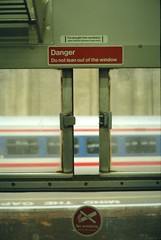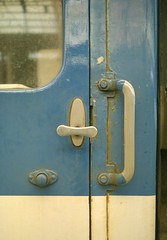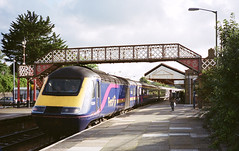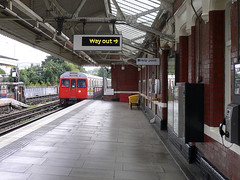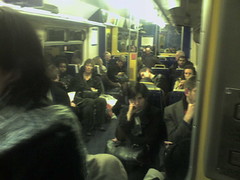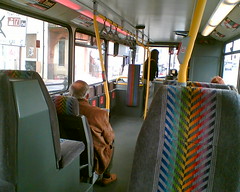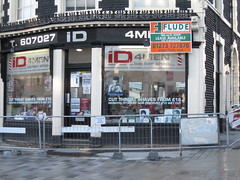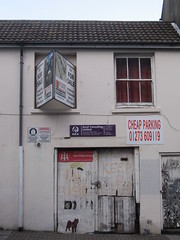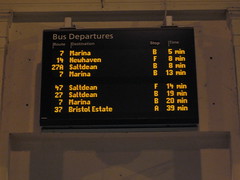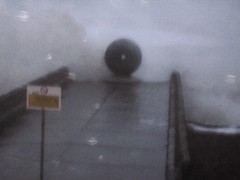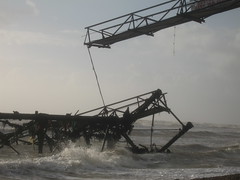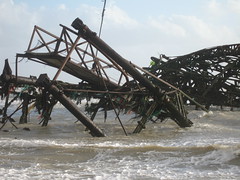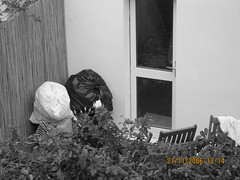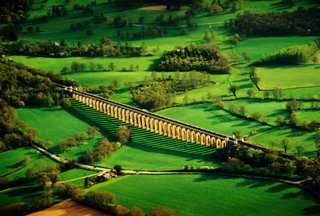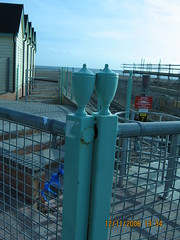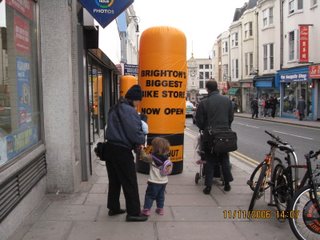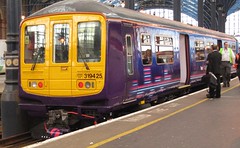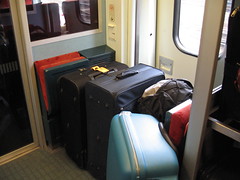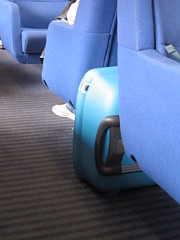Adam Smith's portrait will soon be replacing that of Sir Edward Elgar on Britain's £20 notes, which has brought his ideas about free markets back to attention. Whilst staying at a friend's house a couple of weeks ago, I came across an article he had written, drawing attention to the limitations of free markets. It was written about 15 years ago, but it is as relevant as ever, and this is an edited extract of what it said.
One should perhaps not wonder after 120 years of Marxist/pseudo-scientific analysis of economics, to hear that people should have rights as consumers, but no mention of rights as producers. Such views are propagated in university economics courses and found in the writings of many independent philosophers. It suits the dogma of governments of both right and left complexions...
...following Adam Smith, the free-market economy was a Liberal concept. It was resisted by the Tories until quite recently. The aristocratic basis of land and capital ownership did not welcome competition, and certainly the growth of monopolies and cartels in the first half of the 20th century confirms this... However, the Liberal view was always that there is no better mechanism than the free market for distributing goods and services, but it implies prior equities. The success of the market - the achievement of a successful distribution through exchanges - requires that the participants came to it as equals -- with equal freedom to exercise a valuation and equal power to strike a bargain.
We must ask ourselves whether this requirement was met in the last 200 years. Clearly it has not been so. Take, for instance, the housing market; while there is a shortage of houses and there is speculation in land, and most people are poor or have little surplus wealth for anything, can there be fair bargaining in rents or prices of houses?
In the ‘labour market’, do an employer and a potential employee (who apparently has no choice other than to be someone’s ‘servant’) meet on equal terms? In the ‘money market’, do a moneylender and a borrower bargain as equals? Is it not true that the poorer you are (business or individual) the higher the interest rate you will be forced to pay?
The walls of lawyers offices are lined with books on landlord and tenant, moneylender and borrower, employer and employee relations which testify to the past attempts to regulate them and to protect the weaker in the market, without actually solving the problem...
The Marxist and socialist view has been that these deficiencies in the market operation were due to the power and avarice of the sweatshop owners, the greedy landlords, the filthy capitalists, and the profiteering middlemen. The blame and the attack were personalised; free economies were considered corrupt. Only by having a central state power that controlled the market and replaced those selfish operators (often with faithful party nominees) could all be set right. As we now observe in those countries that took this philosophy on board, it did not solve any of the problems. It eliminated any direct action-reaction, any feedback that could bring balance. Millions of individual decisions and choices were replaced by determinations made by bureaucrats. It did not remove the basic poverty of the people, who still came to market disadvantaged, now even more so because the vendors and landlords became faceless and monolithic.
We still hear echoes of this socialist view, although highly attenuated because of the world failures of socialism and communism. Few of us would now concede that state control was the answer. Well, perhaps just a little welfareism? Is it that because we propose no alternatives, or do we want to perpetuate a democratised socialism or a socialised democratism?
The “market” is a secondary and dependent mechanism. Other powerful influences on it take place before the market operates. For example, before you can exchange things in a market, they have to be produced. It is at the point of production, not in the market, that the initial division of wealth takes place. Those who worked to produce the wealth usually take little of it, while those who claim ownership of the production process, or their landlords, or the taxman have the prior claim and take the larger shares. The market only confirms and reflects this inequitable division.
So if we observe that the in free markets there is ill-distribution, it is not that it has an imperfect mechanism that has to be remodelled, nor that is has basically selfish people who have to be controlled, but that the bargaining power of the purchaser and vendor must initially be more equitable. The poor must be freed of their poverty; the disadvantaged must have their handicap removed. This was basic Liberal philosophy, yet in recent years we have had many Liberals advocating a tinkering with the economic mechanisms, rather than removing the root cause of the problem of our poverty.
It seems that we have all accepted the present economic structures and relationships as being benign and immutable? It is difficult to convince people they are poor, and that from their poverty follows their lack of choice, their diminished power, and their fragile freedom. In all the discussions about liberty and its limitation, no voice was heard on the effect of our economic status on the extent of our freedom and power. Indeed, at one point many were putting the case for power of the individual as a consumer, but there was only an isolated plea for individual power as a producer. Linked to this basic issue, some used to promote the causes of participation of workers in the workplace, coownership, co-operatives, and, from some of us, worker-ownership. This was not a tacked-on choice. It recognised the fact that we all have to win a living from Nature, and are not born as servants and masters. The economic forces and legal framework that cause us to become servants, employees, poor, borrowers, and mere consumers are aberrations. They are not the result of natural law, but of man-made ones. It does not have to be so.
More generally, beyond the mere participation that makes for efficient production and humane management, we must re-examine the economic needs and rights of the individual. We all need access to land and the means of production, but without the failed socialist methods of state ownership and control. This is the fundamental basis of economic freedom. If we achieve that, we can then let market forces reign freely and effectively.
A favourite quotation of mine is "Aristotle thought that slaves were the ordination of Nature; the devil of it was, the slaves thought so too." Yes, even today we willingly accept a similar status with slightly better conditions. We must recognise our predicament and our need. We must be radical enough to allow the thought that there is a wider freedom and a more just society than we have now; or is that expecting too much?
Adapted from an article by Alex Godden.
